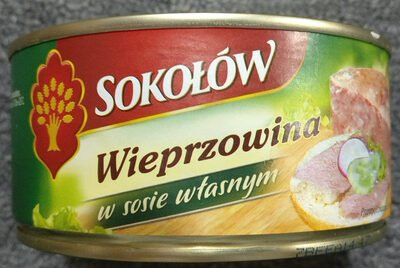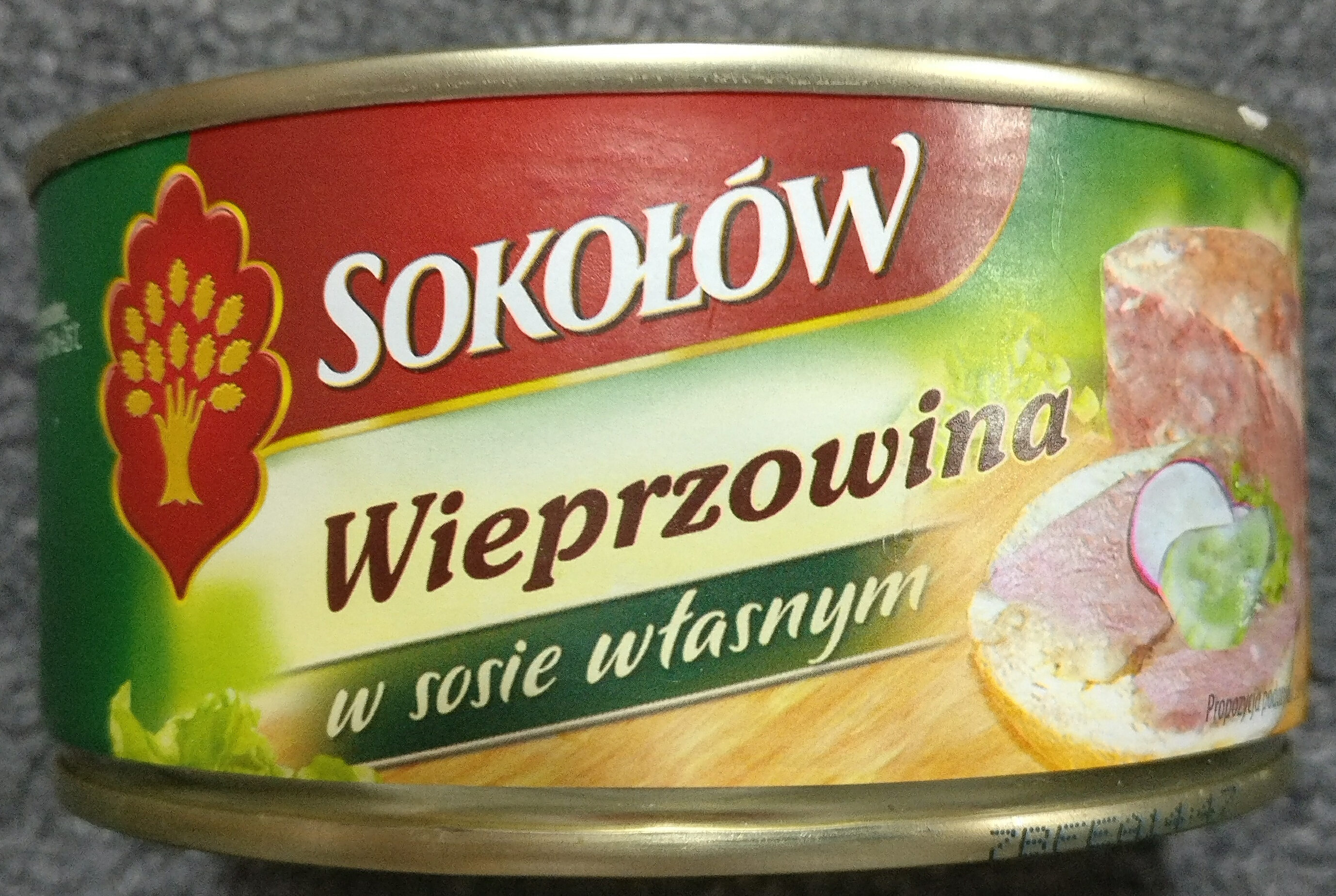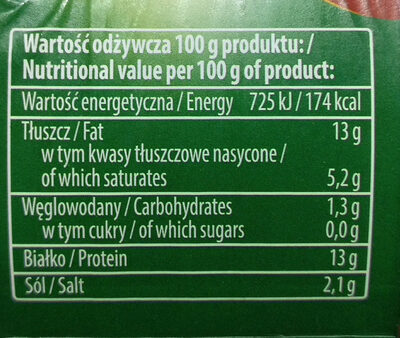Pork in own juice - Sokołów - 300 g
This product page is not complete. You can help to complete it by editing it and adding more data from the photos we have, or by taking more photos using the app for Android or iPhone/iPad. Thank you!
×
Barcode: 5900562001147 (EAN / EAN-13)
Quantity: 300 g
Packaging: da:Stal, pl:FE, pl:Puszka
Brands: Sokołów
Categories: Canned foods, Meats and their products, Meats, Canned meats
Origin of ingredients: Poland
Manufacturing or processing places: PL 08-300, Sokołów Podlaski, Sokołów
Traceability code: PL 18040201 WE
Countries where sold: Poland
Matching with your preferences
Environment
Packaging
Transportation
Report a problem
Data sources
Product added on by openfoodfacts-contributors
Last edit of product page on by sierigh.
Product page also edited by mahlzahn, packbot, pyrka.
If the data is incomplete or incorrect, you can complete or correct it by editing this page.











